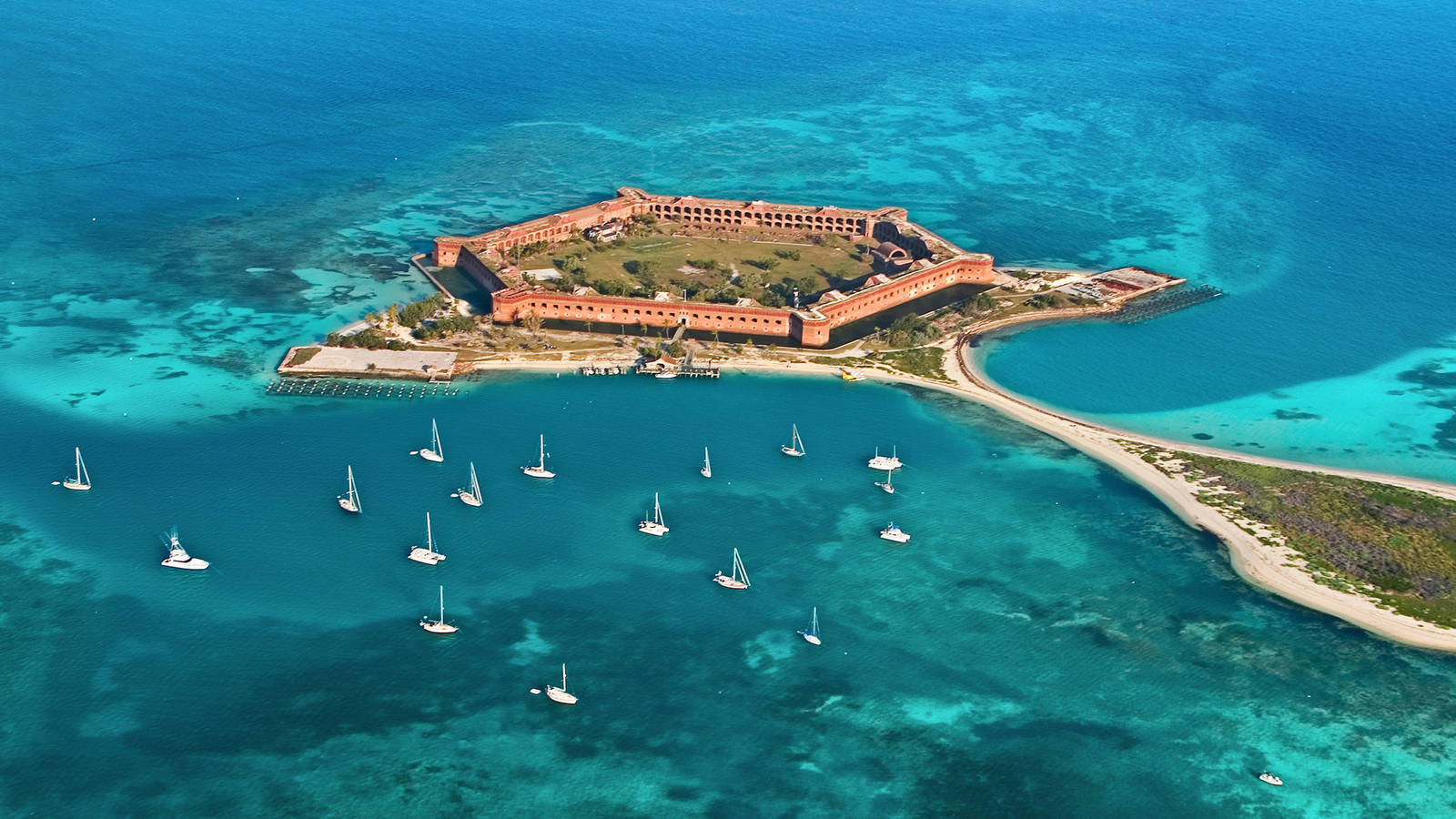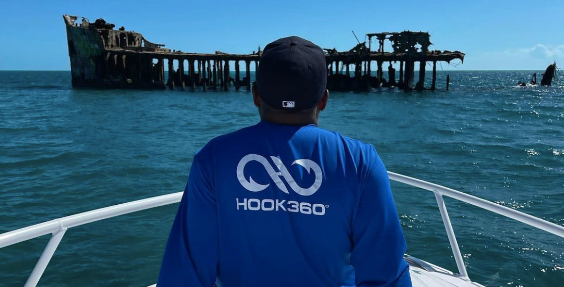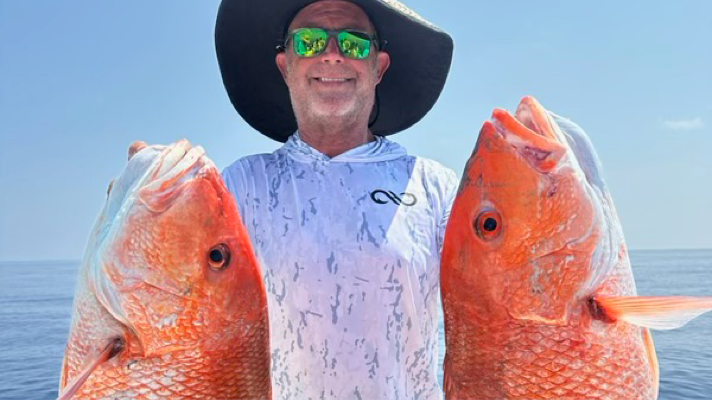Dry Tortugas National Park - Camping and Fishing

Dry Tortugas National Park is located about 70 miles from Key West in Florida. It is a group of seven small islands, which includes the Garden Key where the famous Fort Jefferson is situated. The park boasts a rich history dating back to the early 1800s when it functioned as a military outpost.
The most prominent feature of the Dry Tortugas National Park is Fort Jefferson. Built in 1846, this historical structure played a significant role during the Civil War, serving as a Union military prison. Notably, the fort housed several prisoners, among them Confederate Samuel Mudd, convicted of conspiracy in the assassination of President Abraham Lincoln.
Designated as a national park in 1992, the Dry Tortugas have evolved into a popular destination for camping, fishing, and snorkeling. During our two-night camping experience on the island, we booked our stay through the Yankee Freedom, a Key West boat tour agency. Notably, this park stands out as the most unique among the 424 parks across the United States.
The price for the day trip is comparable to camping; consequently, I find more value in choosing the camping option. Moreover, camping is currently booked through April 2024 due to the limitation of only 10 reservations per night. For those seeking camping opportunities, we highly recommend joining the Dry Tortugas Campings Facebook group. Here, you can explore options from individuals needing to cancel their reservations. Purchasing directly from them or via Yankee Freedom when the dates are released can be a viable solution. In our case, we secured our reservation by purchasing it directly from someone who had to cancel. This individual contacted Yankee Freedom to modify the reservation and transferred it to us via email.
What we packed:
1. Coleman 6 person tent
2. 8 Gallons of water for the 3 of us. We probably only needed 6 because the Yankee Freedom puts out a cooler of water each day which we used. We also filled up our camp shower bag on the boat
3. Soft Engel Cooler with vacuum sealed prepped meals, eggs, bacon, fruit, nuts and packed with ice. Charcoal and fuel cells because you cannot bring compressed gas into the national park.
4. Our own snorkel gear, but if you don't have it Yankee Freedom has snorkel gear.
5. Kayak rented from Tracy's Kayaks
6. Hook 360 gear to stay cool and protected from the sun throughout the day
7. Sleeping bags and lanterns

Camping Tips:
1. Plan ahead - To secure your camping experience at Dry Tortugas National Park, it's imperative to make reservations. This is essential because there are only 10 campsites available on Garden Key.
2. Pack wisely - Bring all the necessary gear, such as a tent, sleeping bag, cooking equipment, food, and water. It's crucial to note that there are no stores or restaurants on the island.
3. Be prepared for the weather - The park experiences high temperatures, humidity, and rainfall throughout the year. Therefore, it's advisable to bring appropriate clothing for the prevailing weather conditions. However, if you prefer cooler weather and less rain, December through March is the optimal period to visit.
4. Follow the Leave No Trace principles - Leave the campsites as you found them and dispose of waste properly. The park ranger gives you a once over and goes further into keeping your site clean.
5. Respect the wildlife - Do not disturb the animals, and keep a safe distance from them. The park does not allow drones. 
Fishing Tips:
1. Bring the right gear - Ensure you have the appropriate fishing gear for the type of fish you want to catch, including bait, lures, and hooks. During our fishing excursion, we brought frozen shrimp and utilized both beach and tandem kayak fishing. Notably, a significant number of snapper frequent the old pier pilings in the area.
2. Know the regulations - Check with the park rangers for the fishing regulations, as some areas of the park may be off-limits for fishing.
3. Watch the currents - Be aware of the changing currents and tides that can affect your ability to catch fish.
4. Explore different fishing spots - The park offers several fishing spots, so explore different areas to find the best fishing location.
5. Practice catch-and-release - If you are not planning to eat the fish, practice catch-and-release to help preserve the fish population in the park.
You can get updates as well as book a trip via the website for Dry Tortugas National Park.





